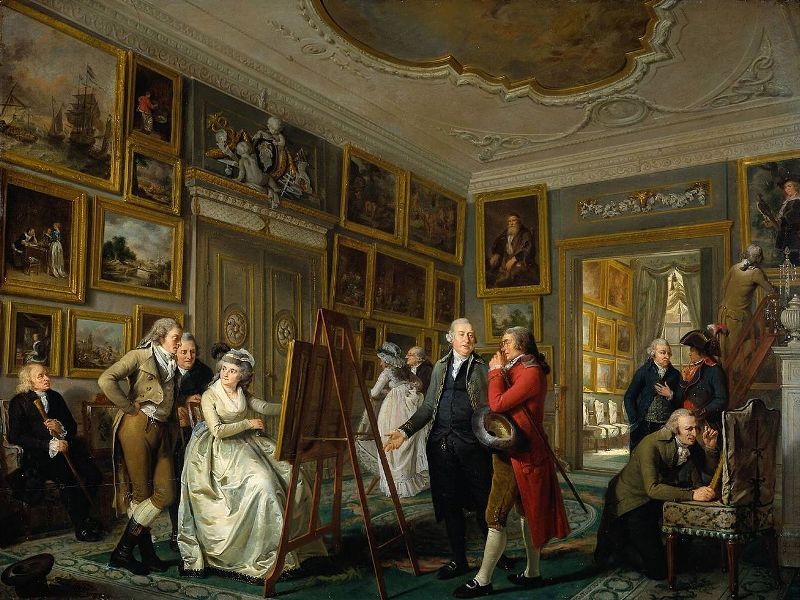Paul is a highly experienced, creative and tenacious litigator
paul.russell@russell.nl +31 20 301 55 55Corporate art collections, private individuals and museums lend art to one another. This involves benefits for both parties, however, there are also risks involved in lending art.

One benefit of lending art may be that the owner may include the exhibition to the “provenance” (history) of the work of art and that new, positive aspects will be discovered during the preparation of an exhibition or that there may be an upward effect on the value of a work of art.
Some of the drawbacks include that there are risks involved in the transport of a work of art, the work of art may be damaged (discoloration) it becomes generally known, however, there are also less obvious risks involved, such as, for instance, the US “use tax”, which is not widely known.
In some cases the provenance of a work of art may also pose a problem and lead to the attachment of a work of art. Subsequently, there will be lengthy legal proceedings, often in a different country and under a different legal system. Think, for instance, of the Crimean gold displayed in the Allard Pierson Museum, on which Russia and Ukraine are conducting legal proceedings before a Dutch court in the Netherlands as to who is entitled to the return of these unique golden artefacts from different museums in Ukraine displayed in the Netherlands in 2014.
Upon borrowing, big museums will often include a clause that a work of art may not be sold within a certain period of time by the lender (this may vary from a period of a few months to several years).
In addition, the security of the borrowing institution will always be a source of concern. Who does not remember the thefts of the Portuguese Crown Jewels from The Hague and the multimillion dollar art theft from the Kunsthal Rotterdam?
Questions still remain with regard to the copyright and publishing of a work of art, and, not least, on whether the lender is prepared to accept exclusions in the insurance policy in the event of war, political unrest, natural disasters or terrorist attacks. A so-called standard clause included in insurance policies that are offered for the loan.
In case of damage, will the lender only be compensated for the restoration costs or also for loss in value of the lent work of art and how is the loss in value to be assessed? This could be seen from the Rotterdam Museum Boymans van Beuningen, where a photographer seriously damaged a valuable painting that was supposed to be photographed. A superficial restoration was presumed to be sufficient, but the compensation of a major loss in value was “forgotten”.
The lender will always have to balance the benefits against the potential risks, and thus the negative aspects for the lender. These may have far-reaching consequences if they were not well assessed beforehand. The lender will have to make sure in advance whether he or she is willing to lend a work of art under these conditions.
Russell Advocaten has for many years been a leader in the field of art and law and will gladly assist you to make these assessments. Do you have any questions regarding this newsletter? Please contact:
As of 1 January 2026, the Money Laundering and Terrorist Financing (Prevention) Act (Wwft) will change. Cash payments of EUR 3,000 or more will then be prohibited. What does this mean for the retail sector and the art trade?
When can directors be held personally liable? What can directors do to prevent being held personally liable?
Managing a nonprofit organization requires not only idealism and dedication, but also a sensible approach to legal opportunities and risks. This ensures that the charity is future-proof. What are the important issues that need to be properly addressed?
Since 28 June 2025, a new EU regulation requires anyone wishing to import cultural goods into the EU to have an import licence or submit an importer’s declaration. When is which type of document required? How does it affect art dealers, galleries, auction houses and collectors, both inside and outside the EU?
Employees who consume alcohol and drugs during work or who want to work under the influence remain a problem for employers. What measures can you take against this? Are you allowed to test an employee if you suspect they are under the influence?
An earn-out in the event of a company takeover offers opportunities and risks. The former director and major shareholder remains involved in the company and part of the purchase price remains dependent on future performance. What aspects are important here?